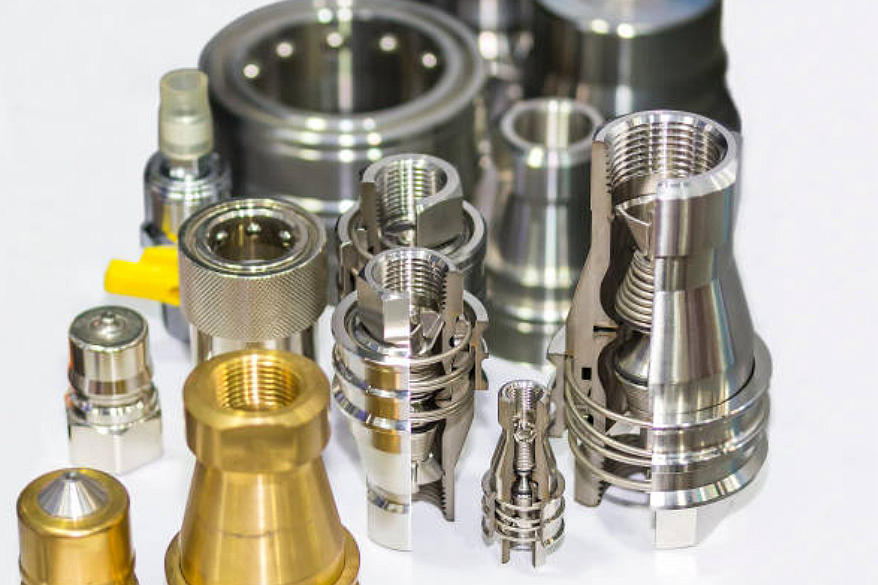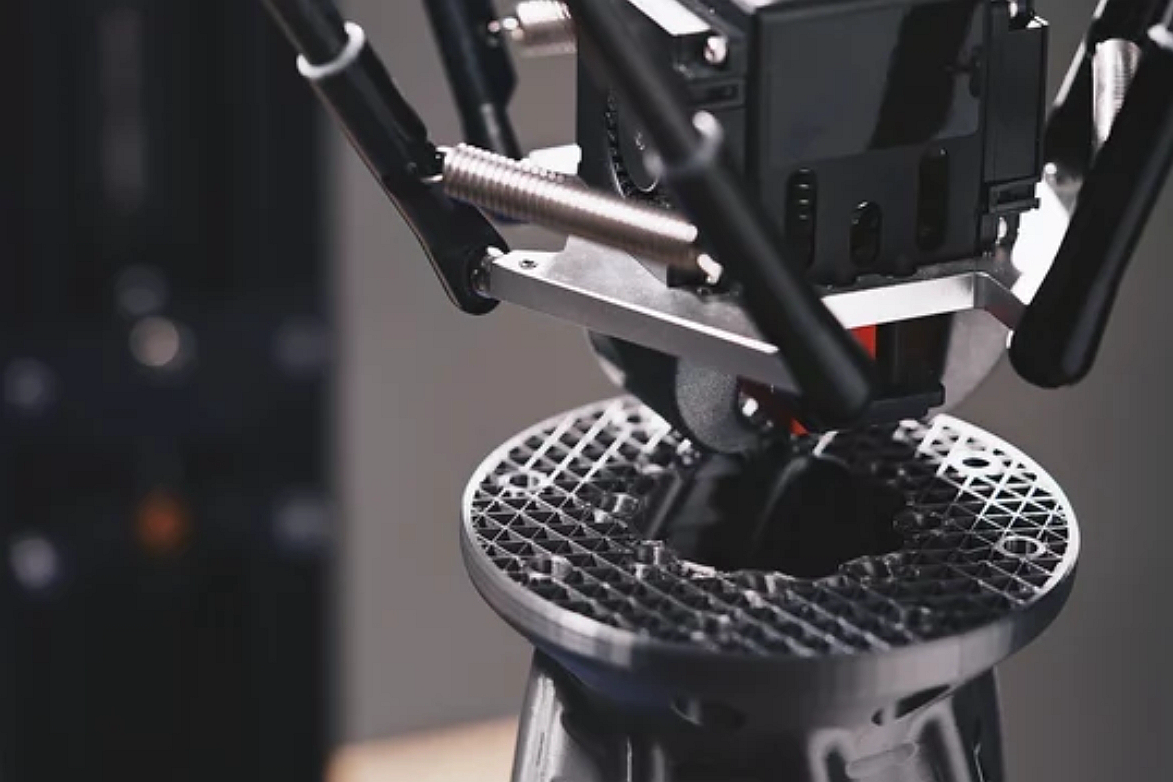Hastelloy C-276
Basic Description of Hastelloy C-276 Powder
Hastelloy C-276 powder is a nickel-chromium-molybdenum alloy renowned for its corrosion resistance in various aggressive environments. The powder form of Hastelloy C-276 is specifically designed for additive manufacturing and powder metallurgy applications, offering a fine particle size that ensures high packing density and uniformity in the sintered parts. This alloy is characterized by its ability to resist pitting, crevice corrosion, and stress-corrosion cracking, making it a preferred material for harsh chemical processing environments and in sour gas and oil fields.
Hastelloy C-276 Similar grades
While Hastelloy C-276 is unique in its composition and properties, there are other alloys with somewhat similar capabilities used in demanding environments:
Hastelloy C-22: Offers improved corrosion resistance and is often considered in applications where C-276 is used. C-22 has a similar nickel-chromium-molybdenum composition but with enhanced resistance to specific environments.
Inconel 625: A nickel-chromium-molybdenum alloy with added niobium for strength, Inconel 625 offers high corrosion and oxidation resistance, as well as high strength and toughness. It is used in environments similar to those suitable for C-276.
Monel 400: A nickel-copper alloy known for its excellent corrosion resistance in marine and chemical environments, though not as resistant to oxidizing environments as C-276.
Alloy 20: Also known as Carpenter 20, this alloy provides excellent corrosion resistance to acidic environments. It's often used in chemical processing for its resistance to sulfuric acid.
Applications
Hastelloy C-276 powder, with its exceptional corrosion resistance, finds extensive applications across various demanding environments. Its versatility makes it a preferred material in industries where superior corrosion resistance is critical. Here's a detailed look at specific applications of Hastelloy C-276:
1. Chemical Processing: Hastelloy C-276 is extensively used in reactors, pumps, valves, and piping systems in the chemical processing industry. Its resistance to a wide range of chemicals, including strong oxidizers such as ferric and cupric chlorides, hot contaminated media (organic and inorganic), chlorine, formic and acetic acids, and acetic anhydride, is crucial for maintaining process integrity and minimizing equipment failure.
2. Petrochemical and Oil & Gas: In the oil and gas sector, Hastelloy C-276 is used for components exposed to sour gas and crude oil and equipment involved in sour service applications. Its resistance to sulfide stress cracking and corrosive substances in crude oil ensures durability and reliability in harsh operating conditions.
3. Environmental Control: The alloy is employed in flue gas desulfurization systems to control industrial plants' air pollution. Hastelloy C-276's resistance to sulfur compounds and chloride ions is vital for components such as scrubbers, ducts, and stack liners exposed to aggressive corrosive gases.
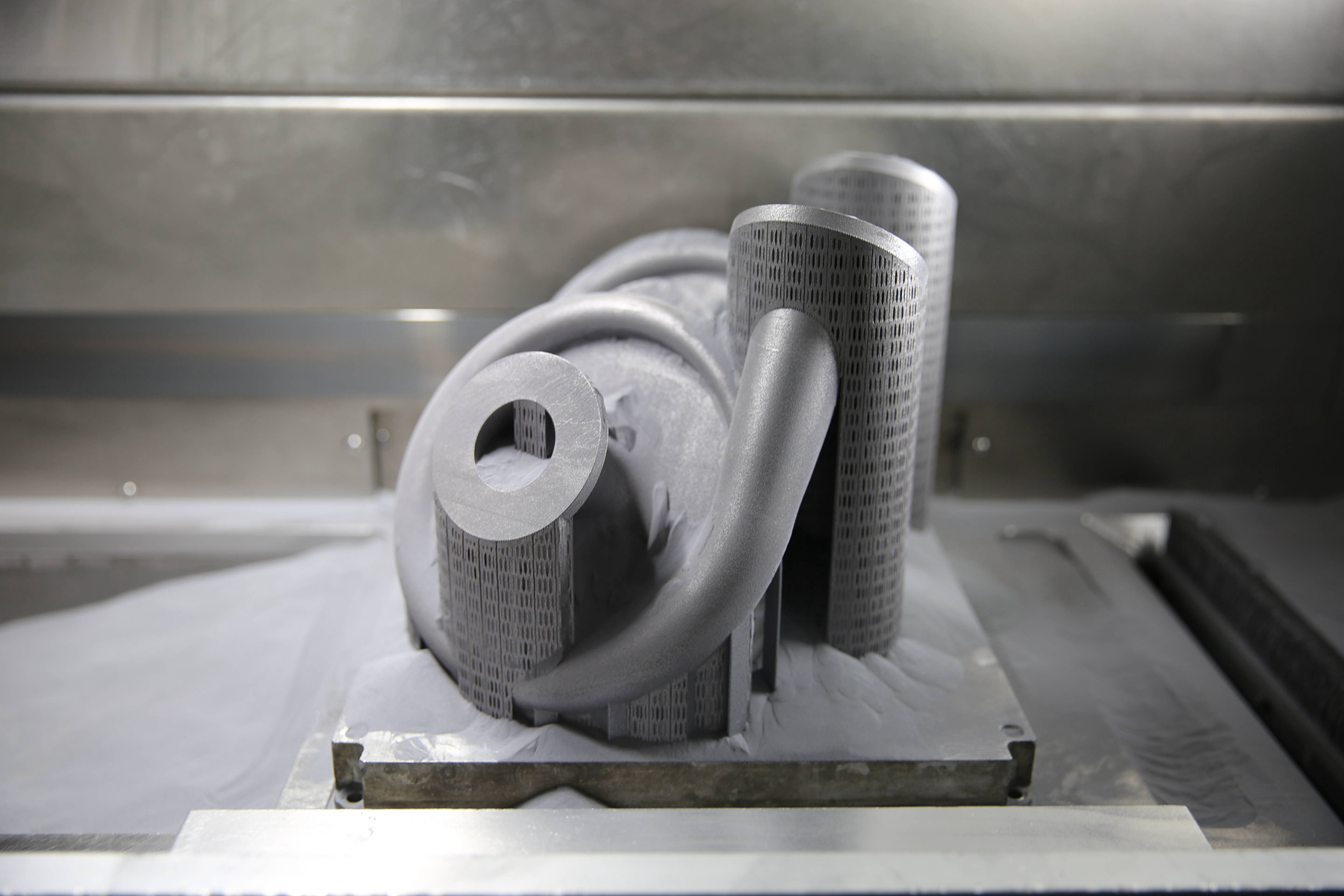
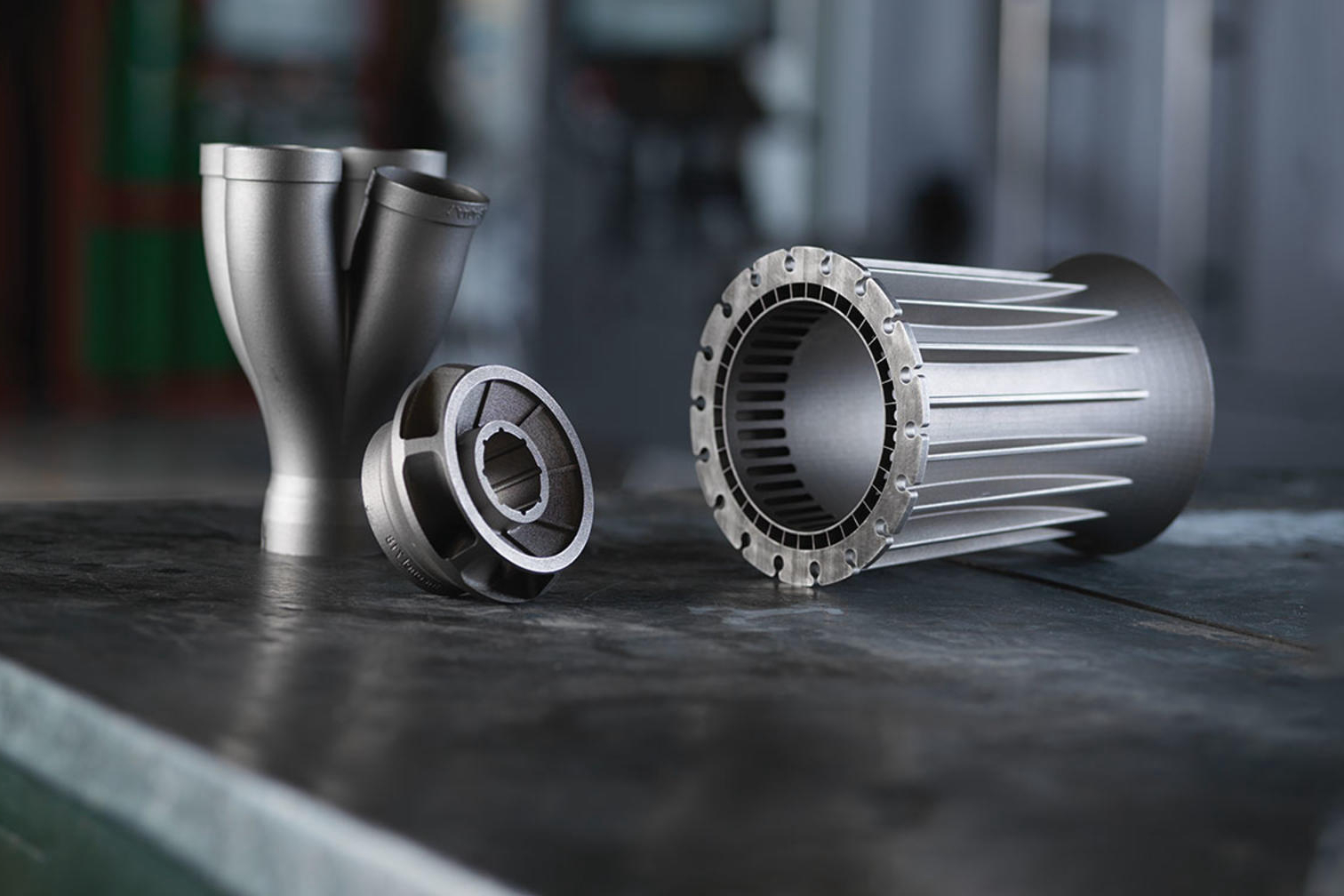
4. Pharmaceutical Industry: In pharmaceutical production, Hastelloy C-276 is used for reactors and equipment that require resistance to aggressive cleaning solutions and reaction media. Its corrosion resistance ensures that processing equipment remains free from corrosion-induced contamination, maintaining product purity.
5. Pulp and Paper Production: Although the pulp and paper industry is less corrosive than chemical processing, Hastelloy C-276 is used in areas where the material is exposed to high concentrations of chlorides and acidic media, especially in bleach plants and other parts of the production process that involve corrosive chemicals.
6. Waste Treatment: Hastelloy C-276 finds applications in waste treatment facilities, particularly in components exposed to corrosive substances during waste processing. Its corrosion resistance helps ensure equipment longevity in these aggressive conditions.
7. Power Generation: In power plants, especially those involving geothermal sources, Hastelloy C-276 is used in components that come into contact with corrosive geothermal brines and gases. Its high corrosion resistance is essential for maintaining the efficiency and safety of power generation systems.
Hastelloy C-276 Composition and Properties
Hastelloy C-276 is a nickel-molybdenum-chromium superalloy with a significant addition of tungsten, designed to have excellent corrosion resistance in a wide range of severe environments. The alloy's unique composition makes it capable of withstanding some of the most challenging conditions, including various chemical processes involving sulfuric, phosphoric, acetic, and formic acids.
Composition:
The nominal chemical composition of Hastelloy C-276 is as follows:
Nickel (Ni): Base, providing overall corrosion resistance and structural integrity.
Molybdenum (Mo): 15-17% significantly enhances resistance to reducing environments and improves resistance to localized corrosion such as pitting and crevice.
Chromium (Cr): 14.5-16.5% contributes to oxidation resistance and helps form a protective oxide layer on the surface.
Tungsten (W): 3-4.5% enhances the corrosion resistance further.
Iron (Fe): 4-7% increases the alloy's strength and corrosion resistance.
Cobalt (Co): Up to 2.5%, often added to improve high-temperature stability.
Manganese (Mn): Up to 1%, used to enhance the alloy's mechanical properties.
Silicon (Si): Up to 0.08% helps refine the grain structure.
Carbon (C): 0.01% max. Reduced carbon content minimizes carbide precipitation during welding to maintain corrosion resistance in weld areas.
Vanadium (V), Phosphorous (P), Sulfur (S): Present in trace amounts to fine-tune the alloy's properties.
Properties:
This composition endows Hastelloy C-276 with a unique set of properties suitable for challenging applications:
Outstanding Corrosion Resistance: This is especially noted in various chemical environments, including those with strong oxidizers. It is resistant to pitting, crevice corrosion, and stress corrosion cracking.
High Durability: Maintains integrity across a wide temperature range, ensuring longevity of components even in harsh conditions.
Weldability: The low carbon content and the alloy's chemical makeup ensure excellent weldability, allowing for easier fabrication and maintenance without compromising corrosion resistance.
Applications Stemming from Composition and Properties:
Given its resistance to various chemical corrosives and environmental extremes, Hastelloy C-276 is widely utilized in chemical processing, pollution control, pulp and paper production, and waste treatment. Its ability to withstand aggressive and corrosive environments makes it a critical component in reactors, heat exchangers, and piping systems across these industries. By leveraging these attributes, Hastelloy C-276 enables the development of components that offer high performance and reliability, enhancing efficiency and safety across various industrial applications.
Hastelloy C-276 Powder Characteristics
The success of manufacturing processes using Hastelloy C-276, particularly those involving additive manufacturing, metal injection molding (MIM), and powder compression molding (PCM), is significantly influenced by its specific powder form characteristics. These characteristics ensure that the manufacturing process yields parts with optimal mechanical properties and surface quality.
Yield Strength:
Yield strength indicates the stress level at which a material begins to deform plastically. Hastelloy C-276 parts typically exhibit a yield strength of 52,000 to 60,000 psi. This high yield strength indicates the material's capability to withstand significant stress before deforming, making it suitable for high-stress applications in corrosive environments.
Tensile Strength:
Tensile strength represents the maximum stress a material can withstand while being stretched or pulled before breaking. Parts made from Hastelloy C-276 powder can achieve tensile strengths of approximately 115,000 to 125,000 psi. This high tensile strength is crucial for applications where components are subjected to high tensile loads, ensuring durability and performance.
Elongation:
Elongation measures the elasticity of a material or how much it can stretch before it breaks. Manufactured parts from Hastelloy C-276 typically show an elongation range of 40% to 60%, indicating good elasticity. It allows components to undergo significant deformation before failure, which is advantageous in applications requiring materials that can absorb significant energy or withstand impact.
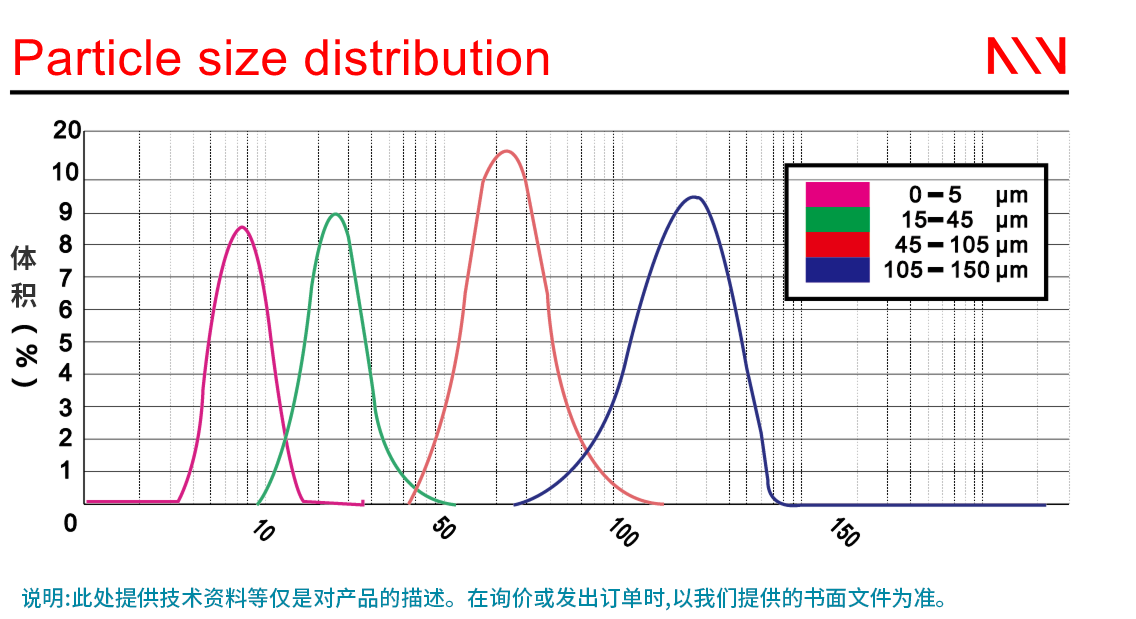
Hastelloy C-276 Physical Properties
The physical properties of Hastelloy C-276 powder significantly influence its handling, processing, and the performance of the final parts in various applications. Understanding these properties is crucial for manufacturers and engineers to utilize this material effectively in advanced manufacturing processes.
Density:
The density of Hastelloy C-276 is approximately 8.9 g/cm³. This high density reflects the compact atomic structure of the alloy, contributing to the overall strength and durability of parts manufactured from this material. Achieving near-full density in parts is essential for applications requiring high mechanical integrity and resistance to corrosive attack.
Hardness:
Manufactured parts from Hastelloy C-276 powder can achieve hardness levels of about 100 to 110 HRB (Rockwell Hardness). This hardness balances strength and ductility, making it suitable for components exposed to harsh chemical environments where wear resistance and longevity are critical.
Specific Surface Area:
A higher specific surface area of the powder enhances its reactivity and sinterability, which is crucial for processes like Metal Injection Molding (MIM) and additive manufacturing. Hastelloy C-276 powder is engineered to have an appropriate specific surface area, facilitating the sintering process and resulting in parts with high mechanical properties and minimal porosity.
Sphericity:
The sphericity of Hastelloy C-276 powder affects its flowability and packing density, which are essential for manufacturing accuracy and repeatability. High sphericity ensures uniform flow and layering in additive manufacturing processes, contributing to the final parts' dimensional accuracy and surface finish.
Bulk Density:
The bulk density of the powder influences the efficiency of powder handling and the quality of the final part. Hastelloy C-276 powder features an optimized bulk density that facilitates easy handling and efficient compaction, which is essential for achieving uniform part density and strength.
Hall Flow Rate:
This property measures the powder's ability to flow through an orifice, affecting the precision of powder-based manufacturing processes. Hastelloy C-276 powder exhibits excellent flow characteristics, enabling accurate and consistent part fabrication.
Melting Point:
Hastelloy C-276 has a melting point suitable for the specific manufacturing processes it undergoes, typically around 1325°C to 1370°C (2417°F to 2498°F). This melting point ensures the alloy's stability and performance during high-temperature applications.
Relative Density:
After processing, the relative density of parts can reach near theoretical density, which is crucial for achieving optimal mechanical strength and minimizing porosity, thereby enhancing the component's performance in demanding environments.
Recommended Layer Thickness:
For additive manufacturing processes, optimizing the layer thickness is key to efficiently balancing resolution with build time. Hastelloy C-276 powder is suitable for a recommended layer thickness that ensures fine detail without compromising structural integrity.
Thermal Expansion Coefficient:
The alloy exhibits a thermal expansion coefficient that ensures compatibility with other materials in composite structures, maintaining dimensional stability across a wide temperature range.
Thermal Conductivity:
Its thermal conductivity allows for efficient heat dissipation, essential for components that experience high thermal loads during operation.
Technical Standard:
Hastelloy C-276 powder and its parts adhere to rigorous technical standards, ensuring reliability, quality, and compatibility with international manufacturing requirements.
Manufacturing Techniques
Hastelloy C-276's superior corrosion resistance and mechanical properties make it an excellent candidate for various manufacturing processes. Understanding the strengths and limitations of each technique is crucial for optimizing manufacturing outcomes. This section details suitable manufacturing processes for Hastelloy C-276, compares the results across different methods, and discusses common issues and solutions.
1. Which manufacturing processes are Hastelloy C-276 suitable for?
3D Printing (Additive Manufacturing): Hastelloy C-276 is ideal for laser powder bed fusion (LPBF) and direct metal laser sintering (DMLS), enabling the creation of complex geometries not possible with traditional manufacturing methods. These processes are beneficial for producing bespoke parts or small series in aerospace, chemical processing, and medical industries.
Metal Injection Molding (MIM): This method is suited for high-volume production of small to medium-sized parts with complex shapes, offering excellent material properties and surface finish.
Powder Compression Molding (PCM): Suitable for more significant parts, PCM utilizes Hastelloy C-276 powder to produce components with uniform material properties and significant detail.
Vacuum Casting: While less common for metals like Hastelloy C-276, vacuum casting can be used for specific applications, particularly for prototypes or when precise control over material properties is less critical.
Hot Isostatic Pressing (HIP): HIP can significantly improve the properties of parts made from Hastelloy C-276 powder by reducing porosity and enhancing density. This is especially useful for parts produced through additive manufacturing or PCM.
CNC Machining: Hastelloy C-276 can be machined into final or semi-final parts. CNC machining is often used to achieve precise dimensions and features on components initially formed by other methods.
2. Comparison of parts produced by these manufacturing processes:
Surface Roughness: Additive manufacturing processes might produce parts with higher surface roughness compared to MIM or CNC machining, requiring post-processing to achieve the desired finish.
Tolerances: CNC machining and MIM typically offer tighter tolerances than additive manufacturing or PCM, which might require additional machining or finishing to meet specific dimensional requirements.
Internal Defects: Additive manufacturing and PCM can introduce internal porosity or defects not present in parts produced through MIM or CNC machining. HIP can be employed to mitigate these issues in additive manufactured parts.
Mechanical Properties: While additive manufacturing can produce parts with comparable mechanical properties to traditional methods, specific heat treatments or HIP might be necessary to optimize the performance of Hastelloy C-276 components.
Compactness: MIM and CNC machining generally yield higher-density parts and fewer defects, which is crucial for applications requiring optimal material properties.
3. Normal issues and solutions in these manufacturing processes:
Surface Treatment: Post-processing techniques such as mechanical polishing, electro-polishing, or chemical etching are often required to improve surface finish, especially for additive manufactured parts.
Heat Treatment: Specific heat treatments can enhance the corrosion resistance and mechanical properties of Hastelloy C-276 parts, tailored to the requirements of the final application.
Tolerance Achievement: Precision machining or grinding may be necessary to achieve tight tolerances on additive manufacturing or PCM parts.
Deformation Problems: Components are susceptible to deformation during processing, which can be countered with careful design, support strategies in additive manufacturing, or subsequent straightening processes.
Cracking Problems: Minimizing residual stresses through proper heat treatment and employing gradual cooling rates can help prevent cracking in Hastelloy C-276 components.
Detection Methods: Non-destructive testing methods, such as X-ray tomography or ultrasonic testing, are crucial for identifying internal defects or porosity within Hastelloy C-276 parts.
Manufacturing With Hastelloy C-276
Main manufacturing processes:
Nickel-based high-temperature alloys are usually used for corrosion resistance, high-temperature resistance, and other extreme working conditions, such as impellers, pump valves, auto parts, etc. Neway has a variety of processing techniques for manufacturing nickel-based high-temperature alloy parts and solving their problems, such as deformation, cracking, and porosity.
Powder compression molding (PCM)
Get A FREE PROTOTYPING SERVICE NOW!: Consultative Design Service at Neway

